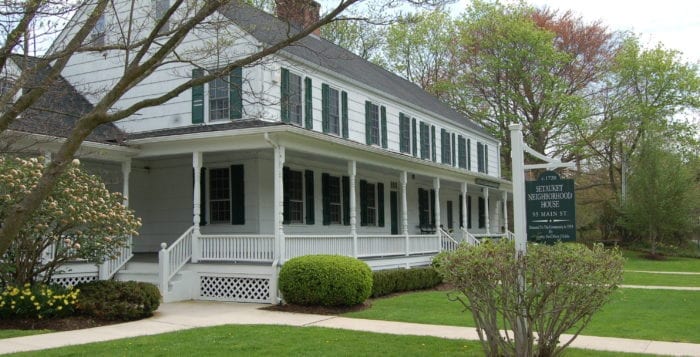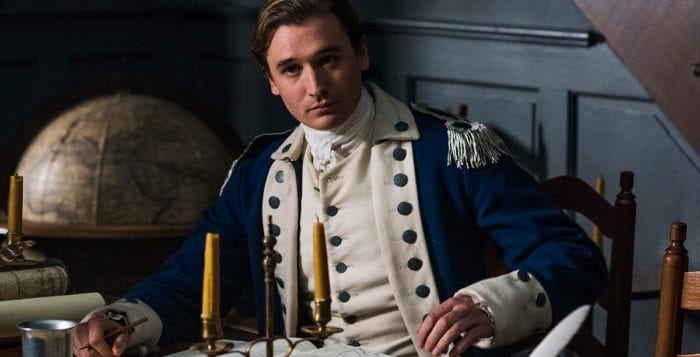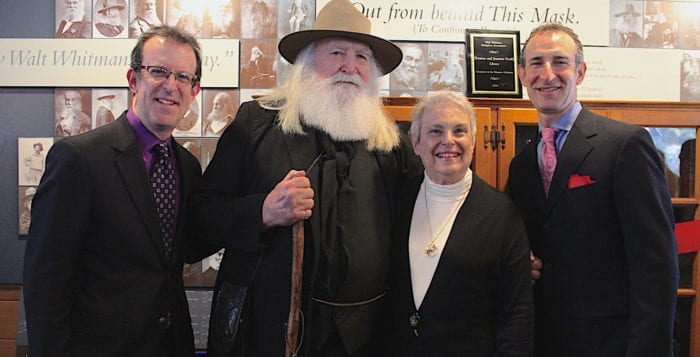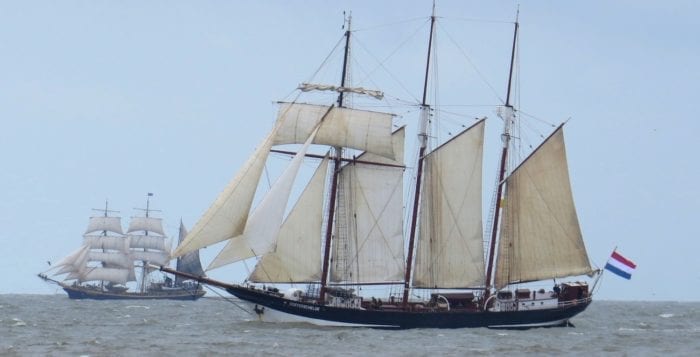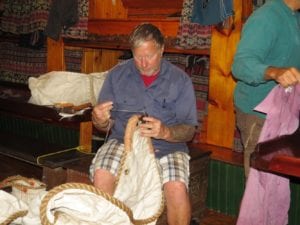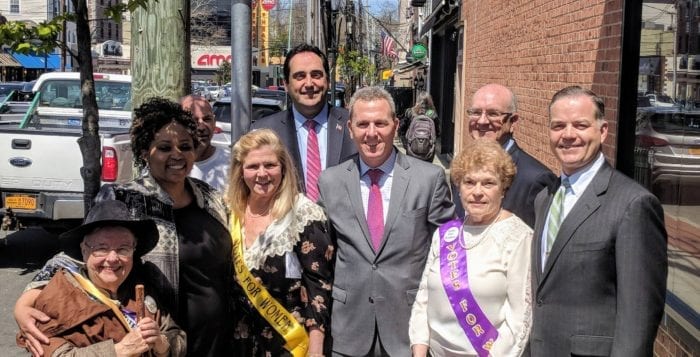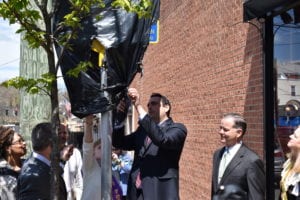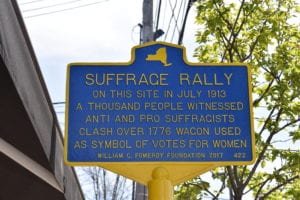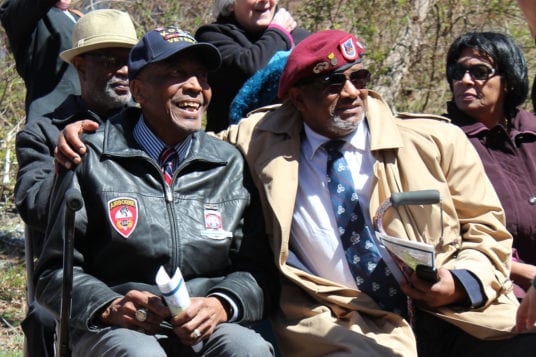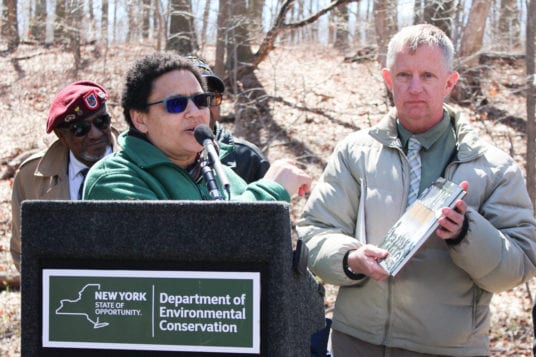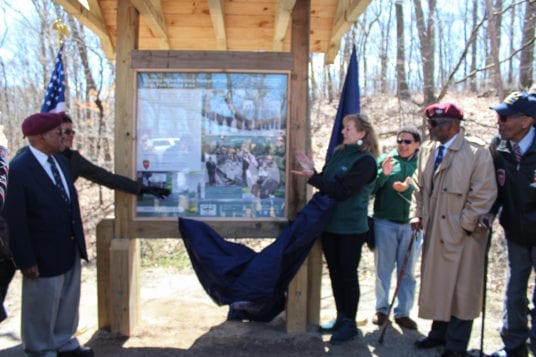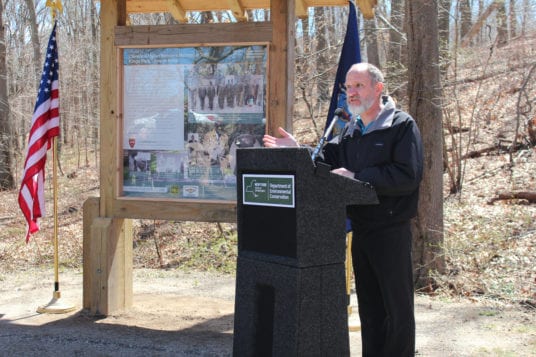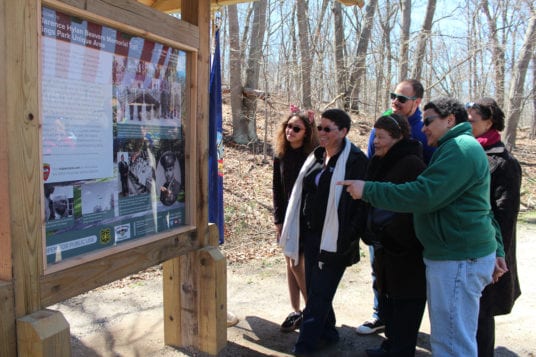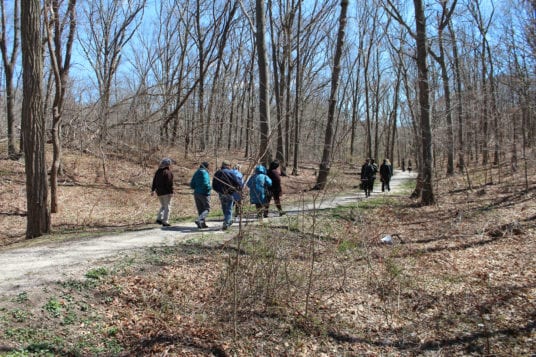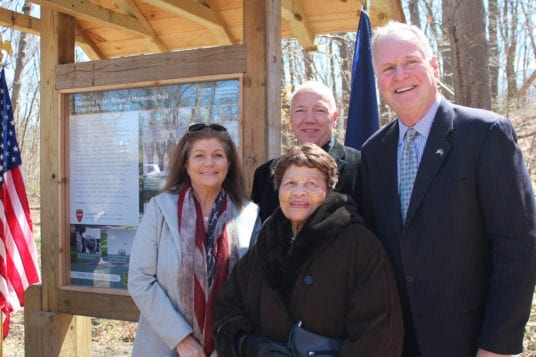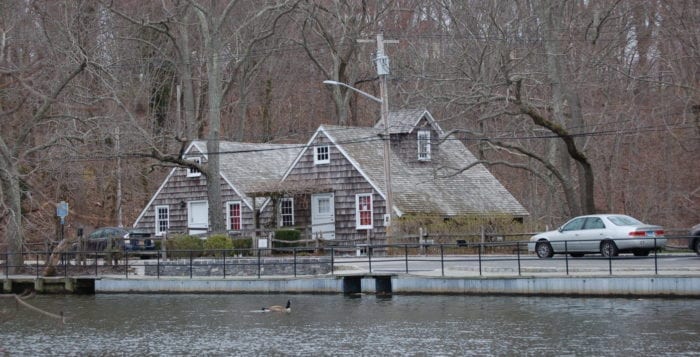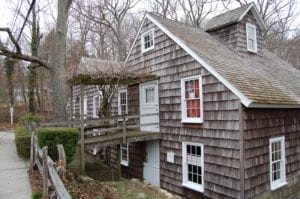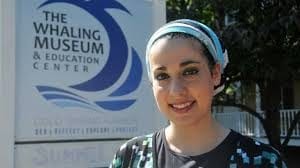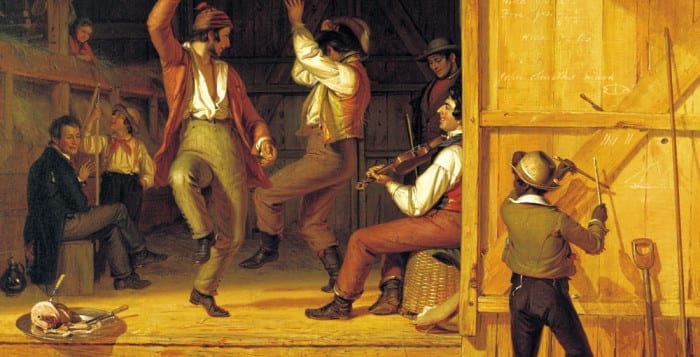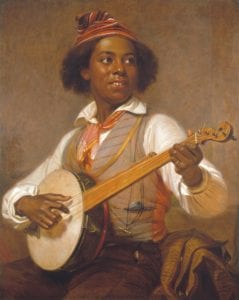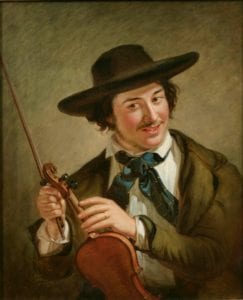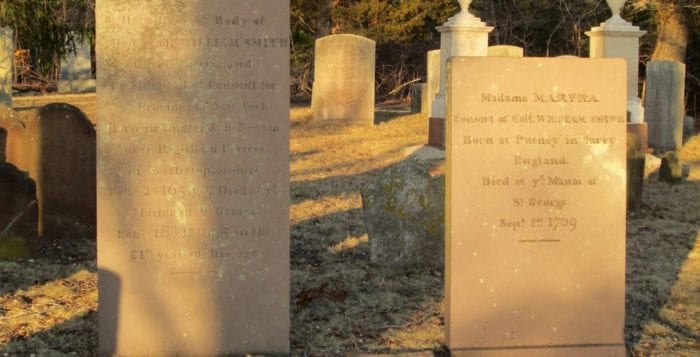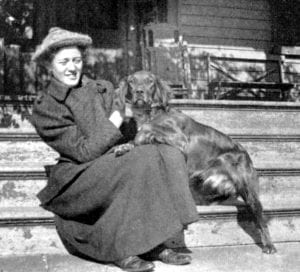By Irene Ruddock
The Setauket Neighborhood House (SNH) is celebrating its 100th anniversary with a fundraiser like no other in its long history! All are welcome to support this local community treasure by joining your neighbors for a Taste of the Neighborhood event on Friday, May 11 from 7 to 10 p.m.
Coordinated by Janette Handley, secretary of the SNH board, the evening will feature exquisitely prepared cuisine by local restaurants offering their signature dishes. In addition, there will be raffle baskets filled not only with exciting theme surprises but with gift certificates given by local businesses that have shown unwavering support for this community house. Raffle baskets will be beautifully wrapped by Debbie Bryant of Bryant Funeral Home with committee coordinator Bonnie Connolly. Live music by students at Ward Melville High School, under the guidance of director Jason Chapman, will round out this once in a lifetime event.
Come see the Ballroom’s exquisite new wood floor recently completed with funds from past fundraisers, a trust fund and grants secured by Alice D’Amico from Assemblyman and friend of the SNH, Steve Englebright (D-Setauket). Leading this ballroom floor project was board member Bob Spatny who worked tirelessly to implement the board’s desire to preserve the structure of this house that is over 200 years old. Additional support from longtime board member James Carpenter helped to defray the ever-rising maintenance costs. The Setauket Artists, with their yearly donation for over 37 years, as well as the support of other organizations who use the house, have also contributed to this annual upkeep.
The original part of the Setauket Neighborhood House was built in the 1700s. In 1820, it was moved from Conscience Bay, Setauket to its present location by Dr. John Elderkin. After Elderkin’s death, his son John ran Ye Old Elderkin Inn, providing the community with a general store, bank, post office, drug store and library. During the 1860s, before the completion of the Long Island Rail Road, the inn served as a home for a stagecoach line that ran between Setauket and the Lakeland Railroad Depot.
By 1893, Captain Beverly Swift Tyler was running the inn, which was renamed the Lakeside Inn. His son, Beverly Griffin Tyler married Blanche Carlton Tyler, a beloved community member, who served as an officer on the board of trustees of the SNH for over twenty years. After the death of her husband, Blanche married Lewis G. Davis and was named “Good Neighbor of the Year” in 2010. She died in 2016 and the Board Room of the SNH was renamed the Lakeside Room in her memory in 2017.
In 1918, Old Field industrialist, Eversley Childs and his wife Minnie, purchased the property with an endowment they presented to the community, as well as providing funds for the addition of the Ballroom. This historic building is now administered by the Setauket Neighborhood Association and has since served as a community meeting house for 100 years.
“It warms the heart to think of the joy and comfort the house has afforded the hundreds of thousands gathered here over many generations,” said President Tim O’Leary. “I am amazed at the support from all of the community for this house to help with our expenses. I wish to thank everyone who will attend our fundraiser, but also thank those who support the house during the year by becoming a Friend of the SNH.”
The Setauket Neighborhood House is located at 95 Main St. in Setauket. Tickets for Taste of the Neighborhood may be purchased for $35 per person at the door or $30 online. A check for $30 per person may also be sent payable to the Setauket Neighborhood House, P. O. Box 2192, Setauket, NY, 11733. If you cannot attend, you may send a donation to become A Friend of the SNH to the same address where your name will be forever listed in the official house records. For more information, please call 631-751-6208 or visit www.setauketneighborhoodhouse.com.

